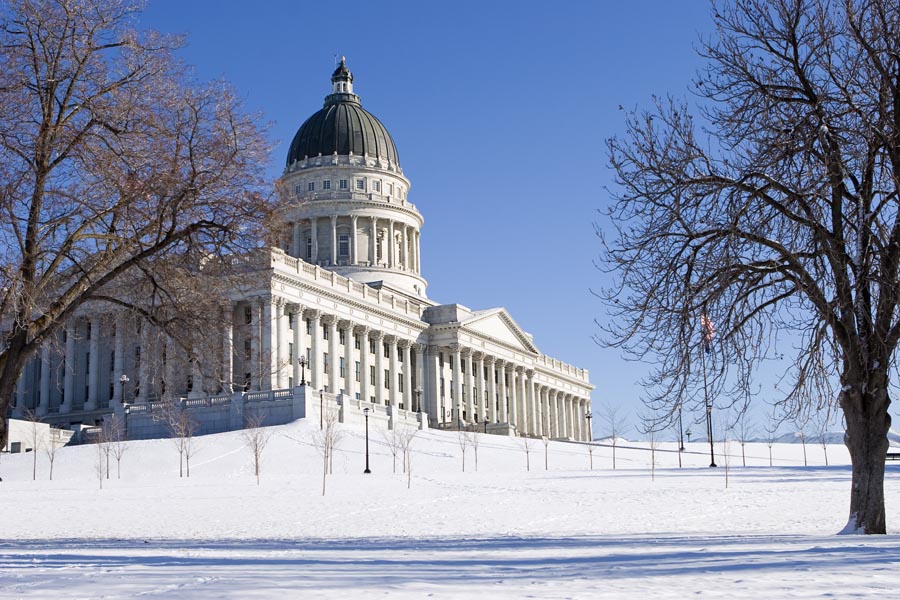| When it comes to giving away taxpayer money to companies, a new Brookings Institute study notes politicians like to use the “but for” test. It goes like this: “But for this incentive, company X would not be making this investment.” However, it’s important to note that the “but for” test depends on your perspective. A rival company that already exists in a market might say, “But for this incentive to my competitor, I could earn a |
| | larger profit and expand.” Taxpayers, if they had the presence of mind and the information clearly given to them, might say, “But for all these incentives, my tax bill would be lower.” And, of course, public schools and other important government agencies that rely on the taxes being given away might say, “But for this incentive, we could afford to better serve the people who are moving in.” The Brookings study made Salt Lake County look pretty good for how it handles incentives. It’s hard to draw any strong conclusions, however. The study looked at only four metropolitan areas. They weren’t chosen for any specific reason. As the study notes, Brookings asked more than a dozen cities to provide detailed information, but only Salt Lake County, Cincinnati, Sand Diego and Indianapolis responded. But to be honest, in the past five years Salt Lake County has a good record when it comes to taxpayer giveaways. You can judge that mainly by the things it hasn’t done. That doesn’t mean it was easy not to do those things. For example, two years ago, county mayor Ben McAdams and some school officials stood in the way of a $250 million giveaway to Facebook for a data center in West Jordan. The city and state had it all worked out in secret before the Deseret News brought it to light, leading critics to argue it would be a bad investment. New Mexico ended up winning by offering Facebook all the property taxes from the new center for the next 30 years. The project will create about 50 jobs. Given the current anger at Facebook over the use of personal data and the spread of misinformation, New Mexico had better hope the deal looks as good 30 years from now as politicians think it does now. The other example is one that doesn’t get much attention. A few years ago, county and state officials wrestled with what to offer anyone who would build a convention-style, high-rise hotel in downtown Salt Lake City. Lots of large cities have these, and almost all of them were built with a lot of taxpayer money. The county ended up offering $130 million, but only if the hotel could prove it had added that much money to the economy. If you check the city’s skyline, you won’t find a new hotel anywhere. Both of these came with a lot of arguing and rhetorical foot stomping from the proponents of tax giveaways. The “but for” crowd can be persistent. And if you go back a few years, the county may not look so good. State lawmakers forced it to give hotel taxes to help build a soccer stadium in Sandy, only to have that stadium later reassessed at a lower value, costing taxpayers. Brookings said Salt Lake County had used incentives to help businesses in depressed neighborhoods, and it had the highest annual salaries at incentivized businesses — again, out of four cities that volunteered information. Those jobs, of course, come with demands on public services, from schools to highways, that may rely on some of the money being given away, but in Utah, at least, incentives often come only after a company can demonstrate it has added to the economy. Six years ago the New York Times did an investigation that found cities and counties nationwide give a combined $80 billion a year in incentives to companies. Brookings said that figure now is about $90 billion. It will grow substantially when Amazon awards a winner for its second headquarters — a multibillion-dollar giveaway sweepstakes that won’t include Utah. All that money will add up to a lot of “but for” arguments for decades to come. |


 RSS Feed
RSS Feed

